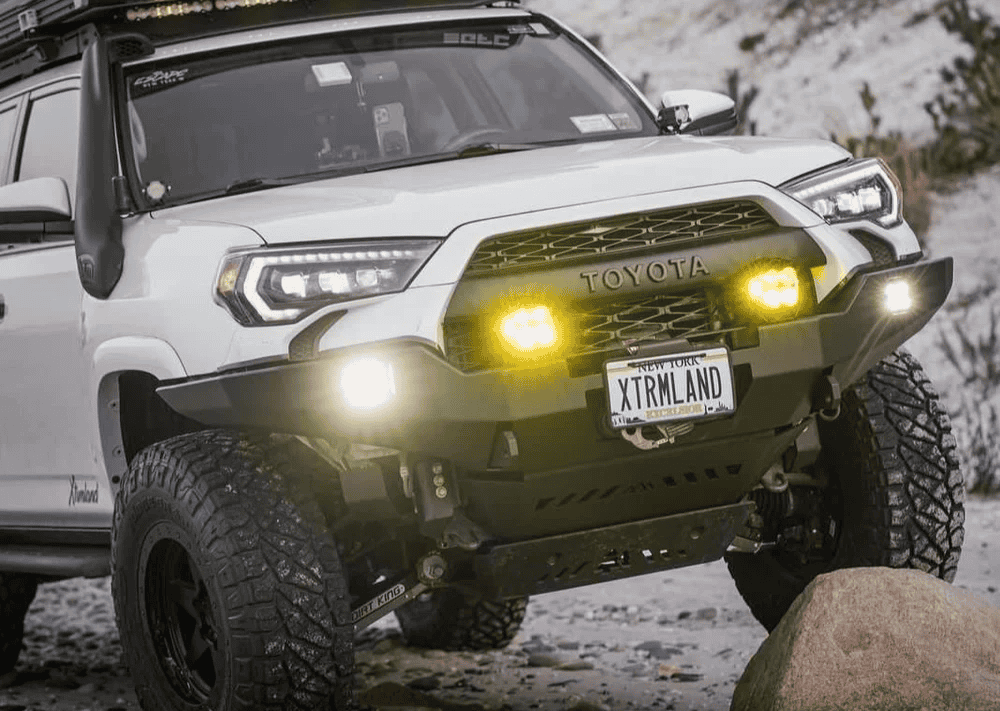Overland Vehicles

A tundra overland truck earns its keep through a calm ride on rough tracks, predictable braking with a full load, and the ability to carry a camper without overstressing the chassis. Platform selection starts with payload. Figures vary by trim and options, so confirm the door jamb sticker and keep a running weight sheet for gear, passengers, fuel, and water. A lighter build almost always drives better, climbs easier, and stops shorter.
Wheelbase and bed length shape how the truck behaves. A shorter wheelbase threads switchbacks and rocky steps with less tail swing, while a longer wheelbase tracks straight at highway speed and spreads weight across the frame. Bed length determines sleeping layouts, storage, and whether a slide out kitchen or bike tray will fit behind a toyota tundra overland camper shell.
Engine choice matters for range and cooling on steep grades. Naturally aspirated V8 platforms are known for linear throttle and predictable heat management when loaded. Newer turbocharged and hybrid powertrains offer torque and efficiency but add under hood complexity and weight. Keep the cooling system, brakes, and driveline serviced and carry a maintenance kit suited to the trip length and terrain.
Treat the gross vehicle weight rating as a hard ceiling. Weigh the truck at a public scale with and without the camper, then adjust spring rates and damping to match real numbers. On mixed forest roads, a balanced tundra overland camper will keep the rear from porpoising and the front from floating under braking. If you routinely tow, consider axle ratios, brake upgrades, and a transmission service interval tuned to your use.
The right camper aligns with travel style more than Instagram angles. A simple topper with a sleeping platform preserves payload and keeps the center of gravity low. Wedge style campers add stand up space without a huge weight penalty, making them a popular middle ground. True slide in units bring insulation, enclosed storage, and integrated systems at the cost of higher mass and a taller profile.
Weight, center of gravity, and tie down strategy are the big three. Heavy slide in campers can push the rear axle near its limit before you add fuel, water, and recovery gear. Use frame mounted tie downs that spread loads across the structure, and confirm camper center of gravity lands forward of the axle line. Mind roof loads, especially with awnings, solar, and a spare tire up high. Airflow and dust control also matter; seal tailgates, use positive pressure vents, and route wiring and plumbing to avoid chafe.
Traction starts with tires. Choose an all terrain with real load capacity and a strong sidewall. Size for clearance without rubbing at full stuff and steering lock. Suspension tuning is next. Pick spring rates for the constant load, then choose shocks that control heat and side to side motion on washboard. Add bump stops that manage bottom out events gently. Brakes deserve equal attention with fresh fluid, quality pads, and rotors matched to the work.
Protection is strategic, not ornamental. Skid plates for the front, transfer case, and fuel tank guard the trip. Rock sliders protect the cab. A front bumper is justified if you add a winch and real recovery points. Electrical systems should be neat, fused, and serviceable. A dual battery or a reliable power station paired with solar can run a fridge and lights for days. Water storage near the axle line keeps handling neutral. For range, consider an auxiliary tank or plan resupply around proven fuel stops.
Navigation and communication underpin safety. Offline maps, a weather eye, and a check in plan reduce surprises. GMRS makes convoy travel smooth. Satellite messengers provide emergency contact in the backcountry. Pack a recovery kit you have practiced with, including soft shackles, kinetic rope, boards, and a compact shovel. Keep tools for the specific fasteners on your truck and camper, plus spares for belts, fuses, and tire repairs.
A composed tundra overland truck rides like a loaded touring bike, not a pogo stick. Correct spring rates hold the chosen ride height, shocks manage heat on corrugations, and quality tires keep sidewalls alive on sharp rock. Refresh brake fluid before mountain trips and monitor pad life when carrying a tundra overland camper on long grades.
As you refine the plan, consider a partner that builds these systems under one roof. For a full design to delivery path, review OZK’s overland rigs. When you are ready to specify suspension, armor, power, and a camper system for your route, see custom overland upfit. If you want to understand process, quality standards, and handoff support, visit why choose OZK Customs.
A dependable toyota tundra overland camper keeps weight honest, service simple, and systems accessible on a washboard shoulder. Start with real numbers, choose a camper that matches your use, then invest in tires, suspension, braking, and clean wiring before chasing extras. If you want a balanced build with clear trade offs explained up front, our team in Fayetteville can map your route, set the spec, and deliver a truck that drives as good as it looks. Fill in a few details and we will return a tailored plan with options and timelines.
Ready for a purpose built Tundra that carries real range, comfort, and capability without blowing past payload? Tell us how you travel and we will blueprint a balanced overland upfit, from suspension and armor to power, water, and a camper system that fits your route. Submit the form to start your design consult and get a clear plan, timeline, and budget.
ADDRESS:
6159 E Huntsville Rd, Fayetteville, AR 72701
PHONE:
(479) 326-9200
EMAIL:
info@ozkvans.com